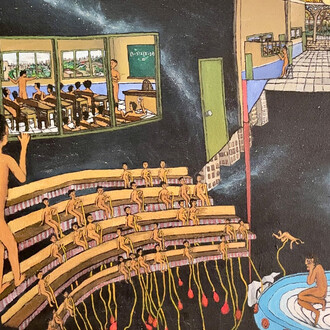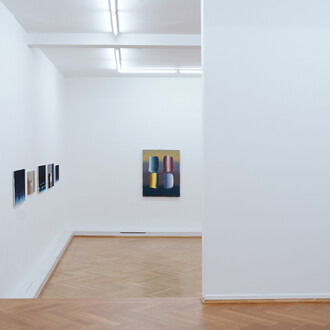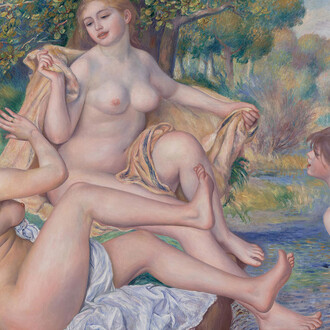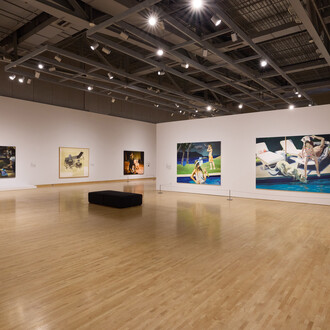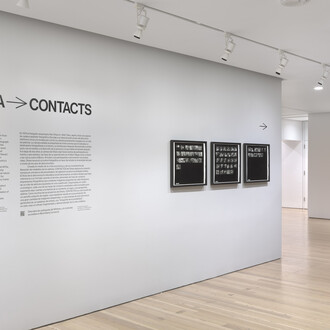With his camera, Stephen J. Morgan documents familiar, urban places, bringing about a photographic record of his journey through life and delving into his own identity, as a second generation Irish having grown up in Birmingham. With The Other Side of Everything, he places his personal story within the wider narrative of England's recent political history and the legacy of the British Empire, through one of the country's most potent and ubiquitous symbol: the flag.
For the past year, Stephen J. Morgan has travelled across the UK and photographed both, the Union Flag and St George's Cross where he found them: hanging from tower blocks, displayed in the windows of houses, swinging from poles. The Union Flag is commonly associated with the Monarchy, the British Empire and the British Armed forces. It may function as an emblem of pride and patriotism, or of racism, xenophobia and a rudimentary form of nationalism, depending on who sees it, when and where, thus leading the artist to ponder its function in today's multicultural society.
Stephen J. Morgan writes: "I never felt a part of what it meant to be English and British. I always felt I was on The Other Side Of Everything. Growing up in Birmingham during the 70's and 80's with an Irish Republican father meant St George’s Cross, and to a greater extent the Union Jack, symbolised more than a token of where you were from. With the troubles in the north of Ireland, the flags stood for which side of the divide you belonged to. It is easy to dismiss flags as leftovers from celebrations of what it is to be English and what it is to be British. For me they take on a darker meaning, almost like outposts: the last bastion and one last stand. It was said of the British Empire: the sun never set and the blood never dried. So with remnants of their colonial past hanging on and their attitude to multiculturalism, psychologically I think, it can be argued that the English still see Britain as an Empire."
The photographs in the series are titled after landmark dates in Britain's recent history, which have had a profound impact on Morgan's childhood and early adulthood: 14 August 1969 (British troops are deployed to the north of Ireland), 21 November 1974 (Birmingham pub bombings) and 3 May 1979 (Margaret Thatcher becomes Prime Minister) inviting the viewer to think about the political trajectory of the country, then and now.
Stephen J. Morgan (b.1970, UK) first solo exhibition was held at The Wapping Project, London. He has recently showed his work at Photon, Ljubljana, Slovenia; the Birmingham Central Library and Jerwood space. Recent publications include Collecting Contemporary Photography by Jocelyn Phillips, published by Thames & Hudson.
The Wapping Project Bankside
65a Hopton Street
London SE1 9LR United Kingdom
Ph. +44 (0)20 79819851
info@thewappingprojectbankside.com
www.thewappingprojectbankside.com
Opening hours
Tuesday to Saturday from 10am to 6pm
Monday by appointment







